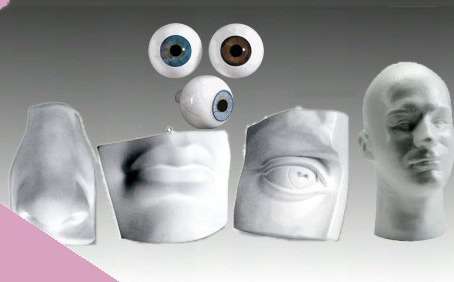In a world where personalization reigns supreme, engraved name plates stand out as timeless accessories that add a touch of sophistication to any space. These elegant identifiers not only serve a practical purpose but also elevate the aesthetic appeal of homes, offices, and public spaces. Join us as we explore the art of custom name plates, their diverse applications, and how they can transform your environment with a personal touch.
The Enduring Appeal of Name Plates Engraved
In an era of mass production, there's something truly special about personalized items. Name plates engraved with precision provide a distinctive combination of functionality and artistry. These custom-made identifiers have stood the test of time, evolving from simple door markers to versatile design elements that can enhance any space.
The Versatility of Custom Name Plates
Professional Settings
In the corporate world, engraved name plates lend an air of professionalism to offices and conference rooms. They clearly identify individuals and their roles, facilitating smoother interactions and showcasing a commitment to organization.
Home Sweet Home
At home, personalized name plates can add character to bedrooms, home offices, or even your front door. They're an excellent way to make a house truly feel like your own.
Public Spaces
Libraries, museums, and other public institutions often use engraved plates to commemorate donors or provide information about exhibits, adding a touch of elegance to their informational displays.
Materials and Techniques: Crafting the Perfect Name Plate
The art of creating name plates engraved with precision involves a variety of materials and techniques:
Metal Mastery
Brass, aluminum, and stainless steel are popular choices for their durability and luxurious appearance. These metals can be engraved using various methods, including laser engraving and traditional hand-engraving techniques.
Wooden Wonders
Wooden name plates bring a distinctive charm, adding warmth and a natural appeal. These can be engraved or carved to create stunning, tactile displays.
Acrylic Aesthetics
Modern and versatile, acrylic name plates provide a sleek, contemporary look. They can be engraved or printed with vibrant colors for eye-catching results.
Design Considerations for Custom Engraved Plates
When creating your personalized name plate, consider the following design elements:
1. Font Selection- Choose a font that reflects your personal or brand style while ensuring readability. Classic serif fonts evoke a sense of tradition, whereas sans-serif fonts provide a more contemporary appearance.
2. Size Matters-The dimensions of your name plate should be proportional to its intended location. A desk plate may be smaller than a door plate, for instance.
3. Color Coordination- Select colors that complement your existing decor or branding. For metal plates, consider the natural hue of the material or opt for colored filling in the engraved areas.
The Engraving Process: Precision and Artistry Combined
Creating high-quality name plates engraved with care involves several steps:
Design and Layout- Working closely with the client, designers create a layout that balances aesthetics and functionality.
Material Preparation- The chosen material is cut to size and prepared for engraving.
Engraving Techniques- Depending on the material and desired effect, various engraving methods may be employed:
· Laser Engraving: Offers precision and is suitable for various materials
· Rotary Engraving: Ideal for deeper cuts on harder materials
· Hand Engraving: Provides a unique, artisanal touch for special projects
Finishing Touches- After engraving, the name plate may be polished, painted, or treated to enhance its appearance and durability.
Beyond Names: Creative Applications for Engraved Plates
While traditionally used for identification, engraved plates have found numerous creative applications:
1. Awards and Recognition- Custom engraved plates can transform ordinary objects into meaningful awards, perfect for employee recognition or sports trophies.
2. Commemorative Plaques- Honor special events, achievements, or loved ones with beautifully engraved commemorative plaques.
3. Personalized Gifts-From luggage tags to jewelry, engraved items make thoughtful, one-of-a-kind gifts for any occasion.
Conclusion:
Name plates engraved with skill and care offer an ideal balance of form and function, adding a personalized touch to any space. Whether you're looking to enhance your professional image, create a welcoming home environment, or find the perfect personalized gift, custom engraved plates provide endless possibilities.
Looking to enhance your space with a touch of personalized perfection?Visit https://www.artmolds.com/ to explore our range of custom engraving services. Let ArtMolds help you make your mark with exquisitely crafted name plates that truly stand out. Create your personalized masterpiece today!








